PPT-EVALUATION OF SEMISOLID DOSAGE FORMS
Author : elise | Published Date : 2023-07-27
PRESENTED BY SARITHAT MPharmIsem Pharmaceutics UCPSC KU CONTENT Introduction Ideal properties of semisolids Categories of semisolids
Presentation Embed Code
Download Presentation
Download Presentation The PPT/PDF document "EVALUATION OF SEMISOLID DOSAGE FORMS" is the property of its rightful owner. Permission is granted to download and print the materials on this website for personal, non-commercial use only, and to display it on your personal computer provided you do not modify the materials and that you retain all copyright notices contained in the materials. By downloading content from our website, you accept the terms of this agreement.
EVALUATION OF SEMISOLID DOSAGE FORMS: Transcript
Download Rules Of Document
"EVALUATION OF SEMISOLID DOSAGE FORMS"The content belongs to its owner. You may download and print it for personal use, without modification, and keep all copyright notices. By downloading, you agree to these terms.
Related Documents

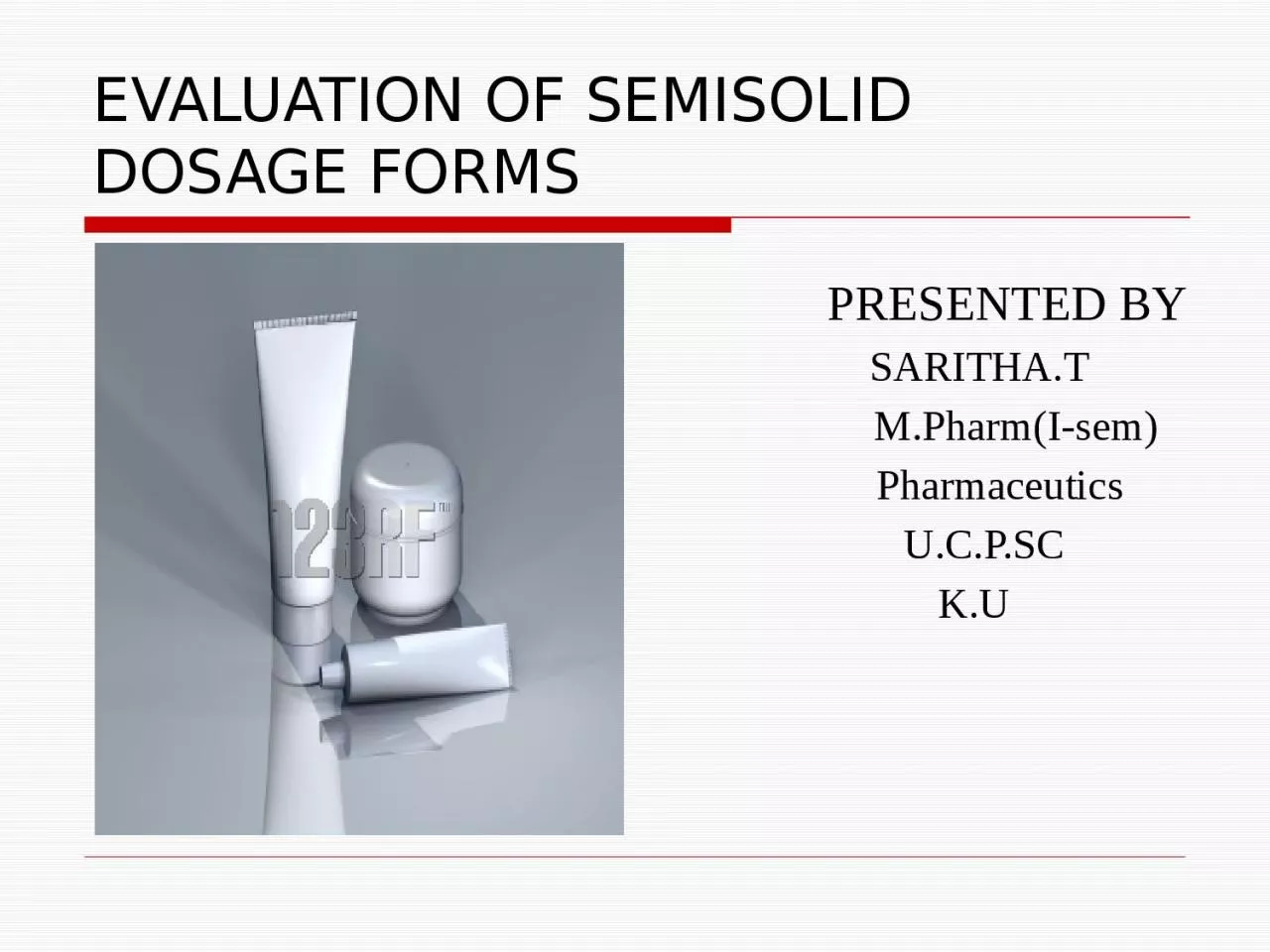

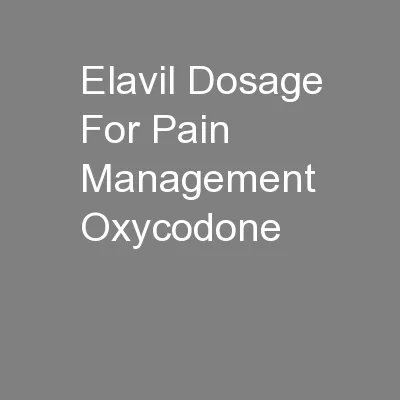
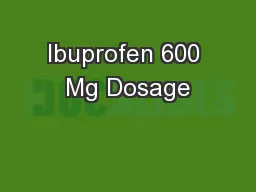

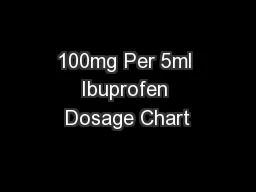

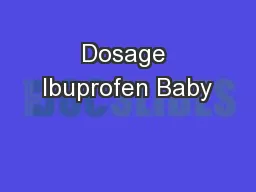
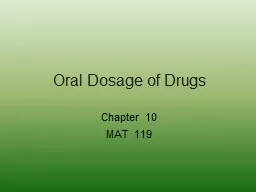

![[EBOOK] - Dosage Calculations for Nursing Students: Master Dosage Calculations The Safe](https://thumbs.docslides.com/903549/ebook-dosage-calculations-for-nursing-students-master-dosage-calculations-the-safe-easy-way-without-formulas-dosage-calcula.jpg)
![[READ] - Dosage Calculations for Nursing Students: Master Dosage Calculations The Safe](https://thumbs.docslides.com/907249/read-dosage-calculations-for-nursing-students-master-dosage-calculations-the-safe-easy-way-without-formulas-dosage-calcula.jpg)

